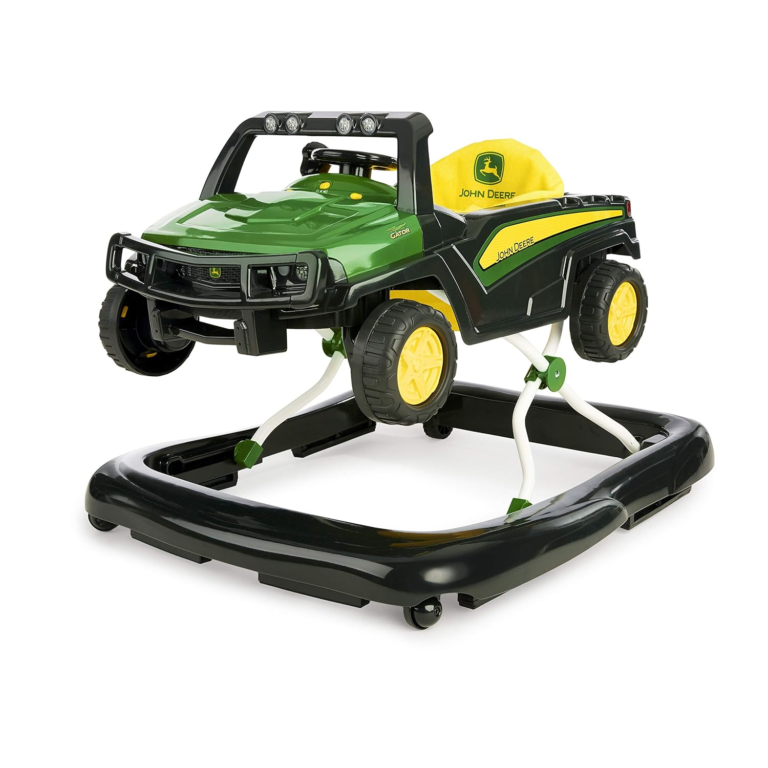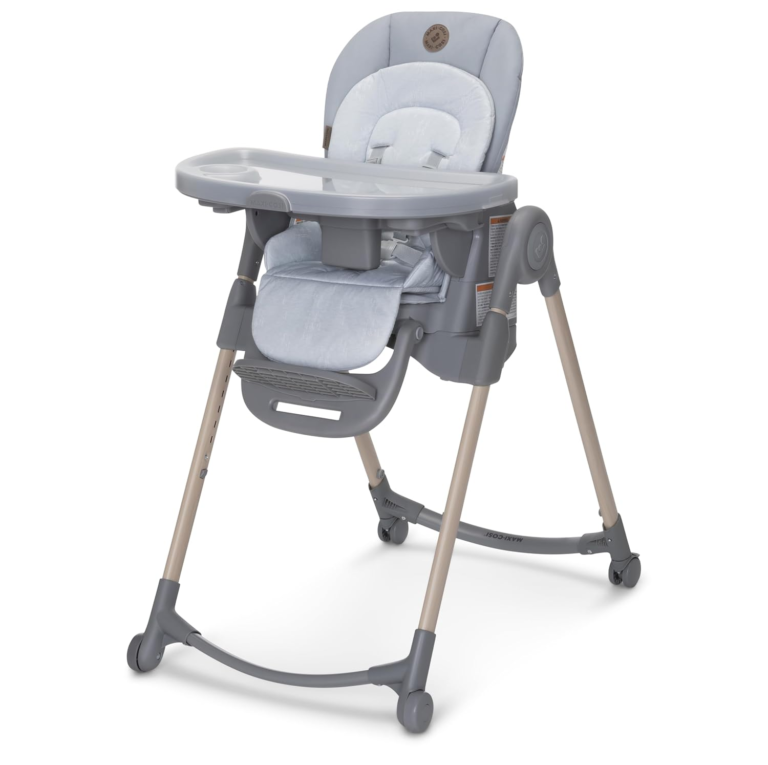
The agony of losing data that wasn’t backed up is well known to anyone who has smashed a phone. If your phone is unresponsive, things like contacts, messages, call records, and media files can all vanish in an instant. If this has occurred to you, continue reading to learn how to recover data from a damaged phone. Data recovery could still be feasible even if your device is fully unresponsive, has a shattered screen, or has an iPhone with a damaged home button. This is so that you may recover data from a damaged phone without having to make any changes to the device itself. You will, nonetheless, require the appropriate data recovery tool and the ability to utilize it.
Key Methods
- Data recovery is substantially less dependable than backups.
- SD cards are frequently recoverable from a damaged phone.
- You may download your data or operate your device using third-party tools.
- Broken buttons may be avoided with settings like assistive touch.
It’s important to check the iCloud or Google account associated with your phone before you start. The majority of phones automatically backup items like photographs, movies, and other personal stuff since backups are always preferable to data recovery. Just go to Google Drive or iCloud, log in, and search the site for the desired material. Data recovery, however, is your best choice if the data you want isn’t there in the automated backup. Depending on how badly damaged the device is, this might not retrieve all you want to recover, but if it is recoverable, you should be able to acquire it with one of these methods.
How to Recover Data From a Broken Phone?
While all damaged phones present a challenge, not all damage is created equal. Finding a different way to use the gadget is frequently sufficient if the only problem is a damaged screen or home button. To remotely access any remaining data, you’ll need to utilize a computer or another phone if your phone is entirely unresponsive.
Recovering Data From a Dead or Broken
You’ll want a second device to retrieve data from a damaged phone without a working display. If you use an Android smartphone, you may be able to save the data on your SD card by moving it to a different phone or computer (if necessary, we also offer a guide on how to do an SD card recovery).
Android Phones: Check the SD Card
There may be a variety of data on your SD card. On their phones, most people save their music, movies, and images, but depending on your Android version and the settings you choose, you may also have applications and other data preserved. It might not be all you want, but it’s frequently a decent place to start and getting this information simply requires four simple actions.
- Remove Your SD Card: Your SD card and SIM card are often located in a tray on the side of your device or in the area behind the battery.
- Insert It in Another Device: The SD card will be inserted into a laptop using a microSD adapter, but you can also transfer it to a new Android device and use a USB cable to connect it to the computer.
- Open the SD Card Drive: Locate the new drive that houses the data on your SD card in Windows File Explorer.
- It’s recommended transferring all the data to your computer so you may access it at any time. Find Your Data: Look for the folders you need, such “photos.”
Third-Party Recovery Software
You’ll need data recovery software that doesn’t require USB debugging if you don’t have an SD card or if you absolutely need anything that wasn’t saved to it. There are a few solutions available, but because Dr.Fone is compatible with both iPhones and certain Android devices, we’ll utilize it. Before you start, keep in mind that these applications have their limitations, and if you use them wrong, you run the risk of bricking your phone. It’s crucial that you select the appropriate phone model if one is offered, as secure data recovery is only possible with specific models of phone.
- Download the data recovery app by visiting the website of your preferred app. Run the installer when it has completed downloading, then adhere to the installation instructions.
- Enter the Data Recovery Section: Most data recovery software will offer a variety of modules you may utilize, but you should use “data recovery” to retrieve files from a dead device.
- Connect Your Phone to the Computer: Use a USB cord to connect your iPhone or Android phone to the computer, then decide if you want to recover iOS or Android data.
- Select What to Recover: The program will automatically select everything, but you may deselect the items you don’t want for a speedier scan. After completing this, select “start scan.”
- Let the Scan Run: Depending on how much data is on the device, this might take some time. You will be able to preview and restore any data it discovered when it is done. Although the majority of data recovery apps permit free file scanning and file previews, you will typically have to pay to recover the contents.
Recovering Data From a Phone With Broken Screen
Even while a cracked screen seldom ever renders a phone inoperable, if it prevents touch controls from functioning, the gadget is essentially worthless. Because of this, there are apps that enable computer-based phone control. We’ll concentrate on Android smartphones, although Apple devices can also be recovered from.
USB Debugging With PC Mouse
You may use apps to access your Android phone through another device as long as you have enough control to allow USB debugging. This will need your phone’s system software to run and some touch screen capability, but if you can pull it off, you should be able to retrieve the majority of your data without any issues.
Recovering Data From an iPhone With a Broken Home Button
It seems logical that Apple built in a mechanism to use your phone if the button breaks given how crucial the home button was on iPhones until the iPhone X. The “assistive touch” options, which were designed to make using iPhones easier for users who had trouble with specific functions, may be used to activate this.
Enable Assistive Touch on iPhone
This “assistive touch” mode functions by providing you with a docked menu that has several choices. You may add a variety of custom settings here, but by default, there will be a button that returns you to the home screen. Simply follow these instructions, and your broken home button won’t be a hindrance any more.
- Open the “Settings” App on Your iPhone: Unlock the device and launch the “settings” app.
- Enter the “Accessibility” Settings: Navigate to the “accessibility” setting by scrolling through your settings and tapping it.
- Locate the Touch Options by selecting the “touch” option under the accessibility options.
- To activate assistive touch, tap the button next to the word “assistive touch.” On your screen, a tiny black button will result from this.
- Navigate to Your Home Screen: By tapping the black button, choose “home.” From this menu, you can also access Siri and the notification center.
Hopefully, you have now successfully restored all of the data from your phone. You may easily connect with your new phone and upload everything once it is secure on your PC. Additionally, you have the option of uploading these files to your iCloud or Google account, downloading them immediately to your new phone, and maintaining a backup online.
Once you’ve used this method to recover data, you should do all in your power to prevent having to do it again. That entails creating backups. Fortunately, applications like IDrive that can do all the work for you make it rather simple to create a solid Android backup or an iPhone backup.



